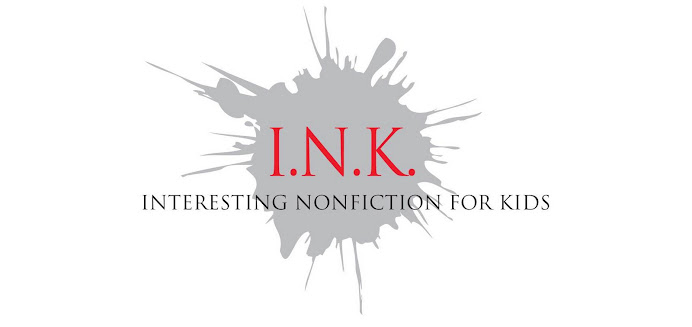
“In time you can turn these obsessions into careers.” -- Elvis Costello
I apologize if I’ve used that Elvis quote here before. It’s quite possible. It’s something I’ve learned to live by, since I am obsessed. Volkswagens, dogs, foreign terms for “sprinkles,” vinyasa yoga, the public option, moray eels, drawing pens – it’s an exhaustive list.
Sometimes obsessiveness can lead to business, and sometimes it doesn’t.
When my kids were in elementary school I became obsessed with science fair. It rolled around as predictably as late-winter mud every March, and consumed my family from January on.
January was when my little science students had to submit their science fair proposals. This took the form of a hypothesis– a what-if question – and a plan for answering – also known as reaching a conclusion about it. Silly me: when my children asked what they should do, I asked, “What do you want to find out about?” They considered, wrote up their proposals, and went off to school. . That’s when the rejections started rolling in.
Sam wanted to find out what kind of animals inhabited our stone patio. Bethany wanted to know whether she could get our dog Yogi to notice any kind of music. Emily wanted to study the infection rate of people who got their ears pierced.
“What would that prove?” asked Mr. Seventh Grade.
“It’s not an experiment,” said Mrs. Fifth Grade.
“It’s not scientific enough,” said Ms. Fourth Grade.
If you’ve been to a science fair, you know the kind of experiments that some science teachers do consider to be legitimate: analyzing which toothpastes whiten best; making a tornado in a bottle; blasting different levels of rock music at goldfish, hamsters, and houseplants; and – somebody shoot me, please – demonstrating how a carnation channels water, using food coloring in the water.
At first, I applied for a grant, titling my research and writing proposal “Death to Science Fair.” I wanted to find out what scientists thought kids should be doing in science fair. My idea was to come up with ways that parents could help their kids shape their interests into science fair projects. My grant proposal was rejected, and I daresay the problem had something to do with my title – and the obvious anger behind it.
By this time my kids were in high school, and I had stood in the hallway outside the regional science fair with them and all their classmates, waiting for the climactic moment when the cuts were announced. When the cheering erupted, it took me a moment to realize that the kids who were cheering were the ones who’d been cut; so jaded were they with science fair that the winners were pitied for the extra time they’d have to spend on science.
The time had come to channel my obsession positively. I began working on the series of books that eventually would be called Science Fair Winners. The first two books, Bug Science and Crime Scene Science, have just been published. The next books, Junkyard Science and Sibling Science: Experiments on Your Brothers and Sisters, are due out in March: mudtime, science fair time.
The titles of these books reflect my purpose: to start with things kids are interested in and help them figure out ways to make science projects out of them. Each book has 20 workshops – projects, observations, experiments – that put kids to work on real science, while also helping them shape their work for science fair.
To do this, I went to scientists who were working in each of these areas, learned about their work and methods, and asked for their guidance on how to get kids’ feet wet in their area: simplifying lab or research or experiment techniques. I hope that kids will consider sociology, physics, biology, forensics, anthropology, economics, and the other sciences included here as potential careers, and that they take their own obsessions into these areas. I hope they’ll realize that whatever they’re interested in can be used as science fair inspiration.
Just a sampling:
In Sibling Science, a social psychologist tells how to observe families in a mall food court, as a study of favoritism.
In Junkyard Science, an engineer suggests ways to experiment with garage junk to make musical instruments.
In Crime Scene Science, a forensic detective teaches you to train your dog to track your cat.
In Bug Science, a biologist shares ways to assess the bug population of your backyard – and provides his email address, should you come up with something unidentifiable. When he surveyed his own yard – as only a biologist OR a budding biologist would do – he found a new species of moth.
Obsessions…careers…good business…and maybe, good grades at science fair, and cheers for the winners. Science Fair Winners. New from National Geographic and me. Please check it out.


















